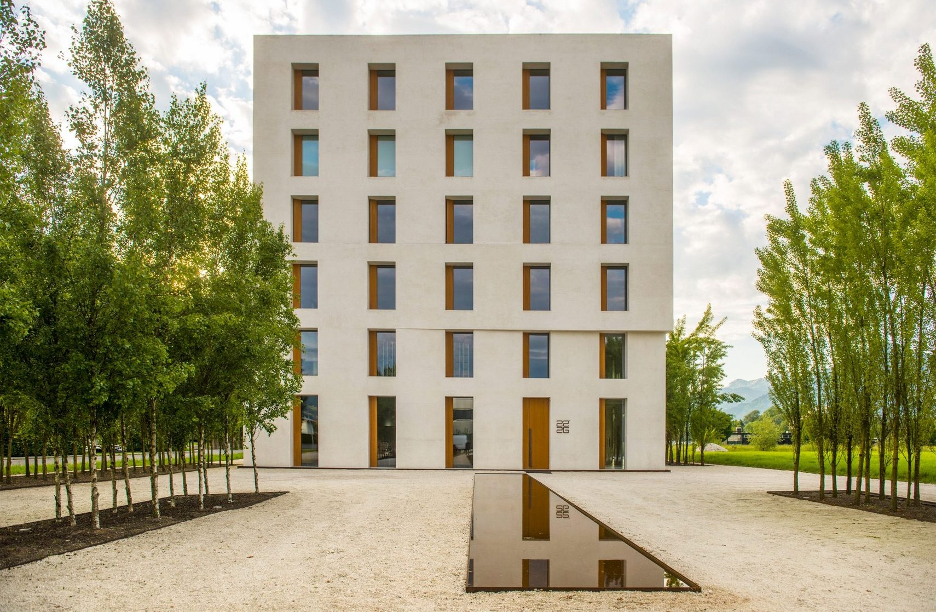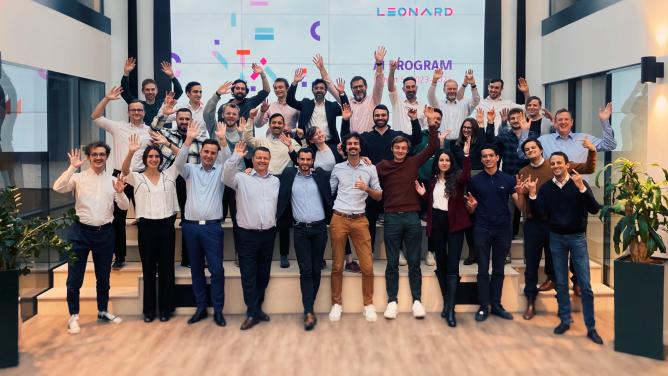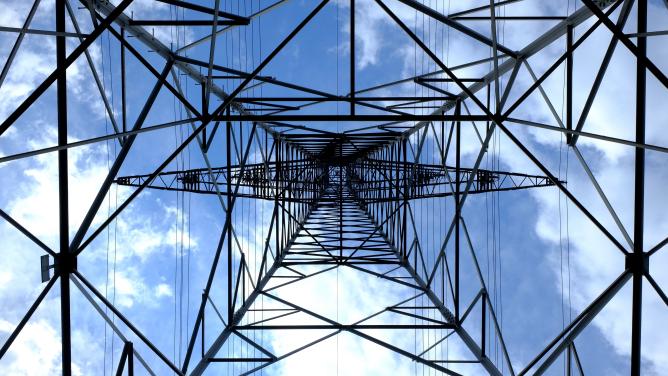
Energy blowing hot (and cold)
Heat production is the largest energy end-use in the world. It accounts for 50% of global consumption and contributes 40% of CO2 emissions. Half of this energy is used for industrial processes, while the other half is used for heating in buildings (including water and cooking). As for the energy mix, fossil fuels remain the major trend, providing 64% of heating energy. Despite significant incentives (in France, the 2019 law on energy and climate sets a target of 33% heating from renewable sources by 2030), renewable energy’s share in the mix remains low at around 10%.While heating is currently all over the news – especially in the wake of the war in Ukraine – its twin sister (energy for cooling) is not to be outdone. The Netherlands Environmental Assessment Agency predicts that the quantity of energy required in cooling could exceed that used in heating by 2060. In the same vein, the European Union estimates that energy used to cool buildings is likely to increase by 72% by 2030, while energy used for heating is set to fall by around 30%, with both movements being driven by global warming.
Electricity and biomass: the future of individual heating?
While drastically reducing the share of fossil fuels in all areas remains urgent, heating is no exception. With this in mind, biomass and electricity are the energy sources of the future. The former is made from any organic matter and it’s now looking to reinvent itself. Whether it’s combustion, co-firing, pyrolysis, gasification or anaerobic digestion, the main challenge with biomass energy lies in the rational management of resources. It’s crucial that it doesn’t run in conflict with food security, and requires adapted forest management strategies. According to the WWF, sustainable forest management could create a volume of solid biomass for energy corresponding to 15% of France’s energy consumption by 2050. As for electricity, it’s set to replace fossil fuel sources such as gas in the energy mix, as developments advance in heat pumps and fuel cells (using hydrogen produced by electrolysis).
Promising heat pumps
To put it simply, heat pump systems work on the principle of a transfer of calories from a cold environment to a hot environment. While there are all kinds of technologies and transfer methods, aerothermal pumps (air-to-air or air-to-water transfer) are the most commonly found in homes today because they require relatively little installation. The main advantage of heat pumps lies in their energy efficiency and their ability to operate without fossil fuels. The European Commission’s REPowerEU plan (which aims to ensure the EU is energy independent) sets a target of 30 million systems installed by 2030, that is, double the current amount. According to the IEA, technology is the main solution for reducing energy consumption related to heating buildings: 600 million heat pumps should cover 20% of heating needs by 2030 worldwide.
The efficiency of heat pumps is currently driving a flurry of innovation. Take the SunHorizon project, which brings together a consortium of 21 research institutions, industrial companies and public organisations. It has set itself the objective of optimising heat pumps with integrated solar panels. There’s a lot of important and promising innovations in the industrial sector too, which is trying to develop heat pumps capable of reaching high heat. Thanks to the use of centrifugal force, Ecop’s Rotation Heat Pump manages to reach 150°C while adapting to the fluctuating conditions of industrial settings.
Heating networks: a future solution for cities?
Faced with the high demand for energy for heating and with energy sobriety and decarbonisation becoming a priority, heating networks are an essential solution – especially for cities. These centralised devices use renewable and recovery sources such as geothermal energy, or waste heat from industry. In France, the 898 existing heating networks operate at 62.6% from renewable or recovered energy. Some other examples include: the ArcelorMittal blast furnaces in Dunkirk, the household waste incineration unit in Bègles, and the Bailly-Romainvilliers data centre are all used to heat local residents. In France, the ADEME estimates that the potential of waste heat – that is, the theoretical total quantity of recoverable energy resulting from industrial processes – is 109.5 TWh.
Driven by a very favourable economic climate, heating networks are innovating and seeking to deploy new energy sources. In Switzerland, a network which uses CO2 as a fluid is currently being tested in the basements under the Energypolis campus in Sion. According to the designers of the system, CO2 is a vector of the future for heat, capable of generating 10 times more energy than water in pipes and 10 times more compact. In Helsinki, a major heating network project (operating on the same model as heat pumps) aims to heat the city from icy waters deep in the Baltic Sea. Again in Northern Europe, the Swedish plant at Högbytorp is a model of cogeneration and circularity: it features a biogas plant which recovers biofertilizers and compost, alongside an incineration plant which recovers heavy metals and ammonium sulphate.
Technology, data and optimisation: heating with finesse
Heating is an essential part of the smart city, as so-called “intelligent” technology solutions are now able to help avoid waste and optimise heating methods. On an individual level, smart thermostats rank third in terms of savings according to the French government’s energy sobriety plan (by installing a programmer, users can save on average between 5 and 15% of gas). Meanwhile, installations like The Cozy from Radiator labs optimise old cast iron radiators by automating the distribution of heat in a room. On a collective level, smart heating systems are also developing. Schools in Växjö, Sweden, have taken advantage of digital twins to create an intelligent control system for heating radiators depending on the CO2 level, temperature, humidity, room occupancy and whether the doors and windows are open. In northern China, cities are already experimenting with smart heating on a large scale (in addition to arbitrarily imposing 18° heat in homes) in order to limit energy loss.
Is no heating the future of heating?
In temperate climates, the best way to heat in the future may simply be to do without heating. Despite there being so few examples, heating-free buildings are now possible if the design and construction processes are adapted. Designed in 2013 by the Austrian architectural studio Baumschlager Eberle, the 2226 building is now a model of the genre. The double walls of load-bearing, insulating brickwork guarantee good thermal inertia. The windowed surface area is limited to 24% and the high ceilings promote air flow. All heating comes from waste heat from its occupants or the appliances they use. A similar structure is to be built in Lyon in 2025 in the Confluence neighbourhood, as a sort of plea for low-tech architecture.

Thanks to energy sobriety, technological developments, the adaptation of circular models, and the growing use of renewable energy, heating is reinventing itself and trying to limit its energy impact. Given the scale of the challenge, there’s still a long way to go when we know that the share of renewables in heating should have to progress 2.5 times faster to align with the IEA Net Zero Emissions Scenario.
This article is selected from Leonard’s bi-monthly newsletter. Subscribe to receive the full version.


